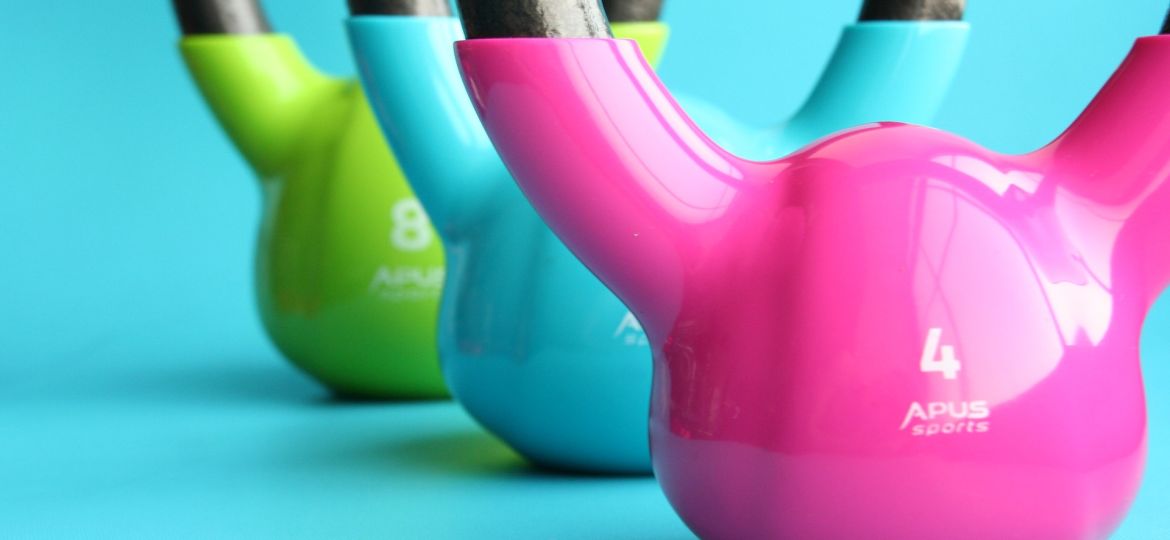
This sister exercise to the lift is the mirror image of that exercise, this time from high to low. Due to the mechanical advantage of the chop, most people will be able to handle a third more weight in this exercise than in the lift. When you combine left and right, the chop-lift combination addresses four quadrants of the torso. An experienced physical therapist can measure the strength in each quadrant to determine whether a client should strengthen one area first or train all four at once.
How
The starting position varies from kneeling and sitting to standing. Grasp the handle with one palm down and one up. The chopping motion always moves from high to low, starting with a pulling motion where the crossed arm moves across the midline of the body, and ending with a pushing motion of the other arm. The right weight is the weight that makes you tired or out of balance after 6-12 reps. Try to maintain the correct position and continue if you start to lose balance. If you can no longer maintain proper form and posture, you should stop. Repeat from the other side.
Do it well
Make yourself as tall as possible during this exercise
Warning
Only get on your knees on a fitness ball if you are well trained and comfortable in this position.
Variations
Light
Stand with feet wide apart and knees slightly bent. The more stability the legs provide, the less is required of the trunk. Use an elastic band to do the exercise at home or on the go so you can work out even when you can’t go to a gym.
Heavy
For a real challenge, kneel on a fitness ball. The ball gives an unstable surface and due to this combination with rotational movements, only people with a very high trunk stability can remain in balance with this variant.
Active muscles
- Deltoideus
- Biceps brachii
- Rectus abdominis
- Obliquus internus abdominis (onder obliquus externus abdominis)
- Obliquus externus abdominis
- Glutaeus maximus
- Multifidus (onder erector spinae)
- Erector spinae
- Triceps brachii
- Trapezius

